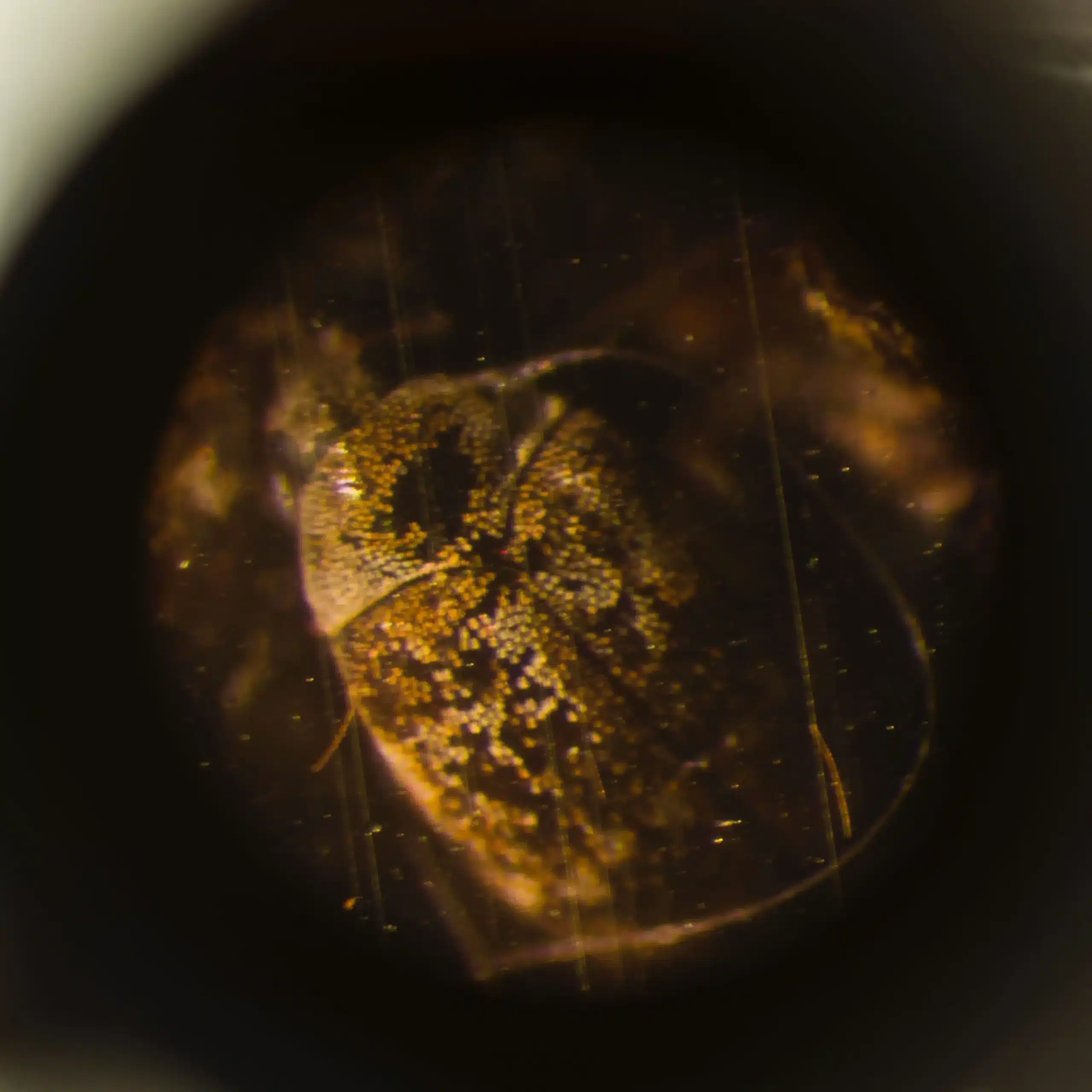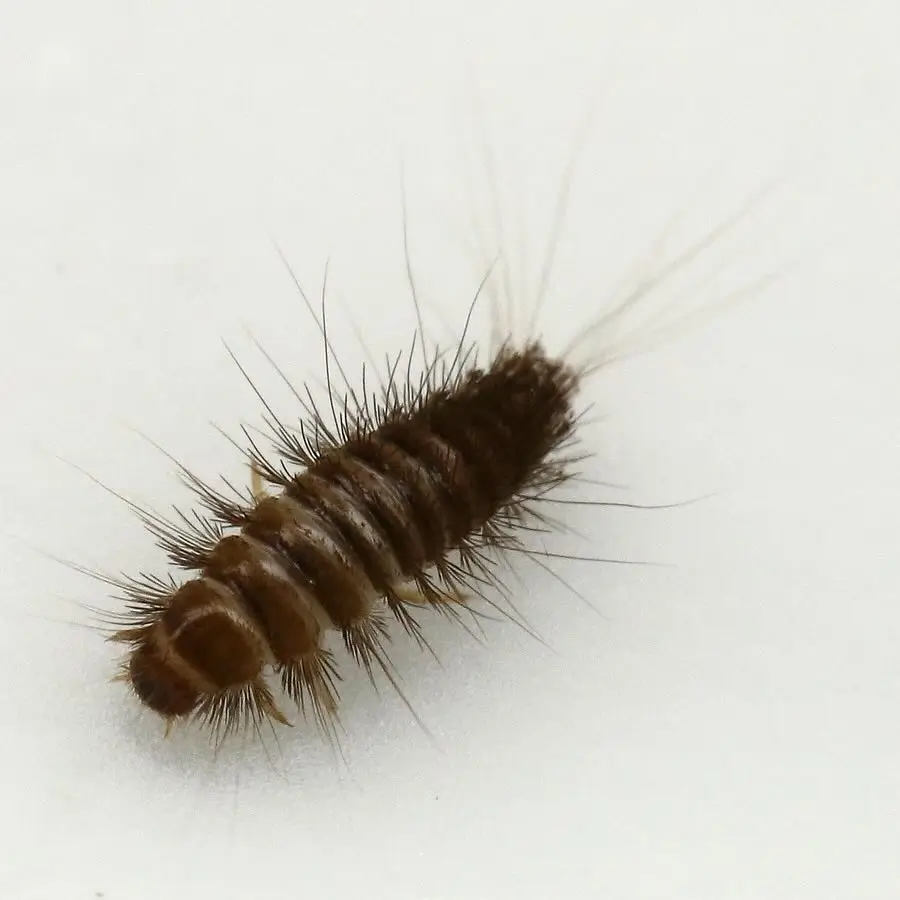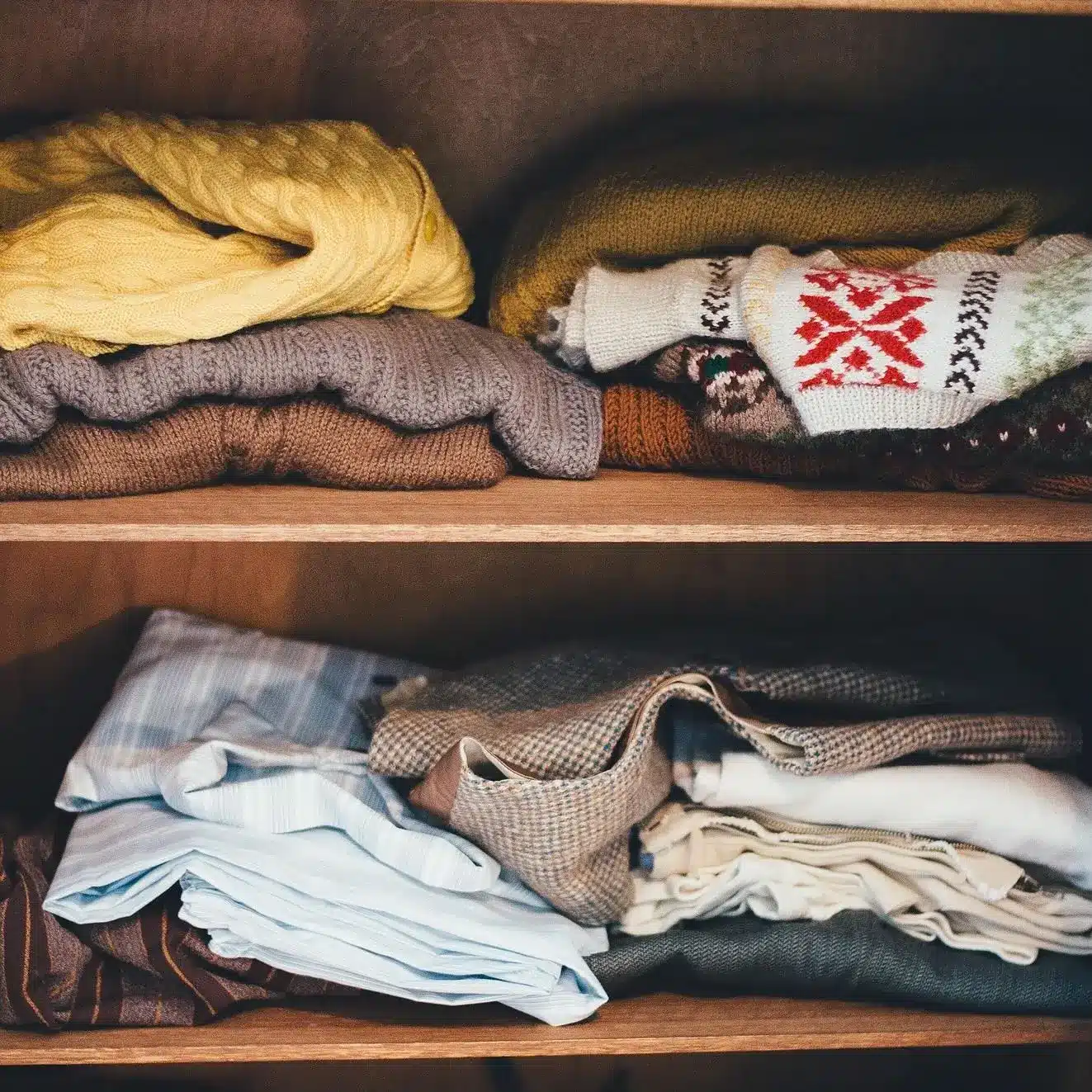Carpet Beetles Treatments and More
Protect Your Property from Carpet Beetles with Safe, Effective, and Tailored Solutions. With Aetna Pest Control, Rest Assured that Your Carpet Beetles Will Be Gone. Safely.
Request a Quote
"*" indicates required fields

Common Carpet Beetle Hotspots

Addressing and Preventing Carpet Beetles

Damage caused by carpet beetles
Look for irregular holes in fabrics, clothing, and upholstery, as well as thinning or bald patches in carpets and rugs. Shed larval skins may be found in drawers, closets, or beneath furniture. Adult carpet beetles often gather near windows as they seek light. Larvae, the primary cause of damage, leave behind tiny fecal pellets resembling salt grains, often accumulating in infested areas like baseboards, storage boxes, or air ducts.

Carpet beetle larvae
Carpet beetle larvae pose a threat to fabrics, furniture, and stored items by feeding on natural fibers like wool, silk, and leather. They damage carpets, clothing, and upholstery, leaving behind holes and weakened materials. Their shed skins and tiny hairs can trigger allergic reactions or skin irritation in sensitive individuals. If left unchecked, infestations can spread, leading to costly repairs and extensive fabric loss.

Points of Entry Into your Home
Carpet beetles enter homes by hitchhiking on infested second-hand furniture, clothing, rugs, or luggage. They may also be brought in through cut flowers or pet fur. These pests slip through gaps in windows, doors, vents, and chimneys, especially in warmer months when they are active. Once inside, they seek out dark, undisturbed areas like closets, attics, and basements, where they lay eggs on fabrics, upholstery, or stored items.
Carpet Beetles Q & A
See common questions below for additional information that can help with your carpet beetle infestation
They seek organic materials like wool, silk, pet hair, and pantry items. Cluttered storage areas, unclean fabrics, and accessible food sources make your property inviting.
Vacuuming and washing fabrics can reduce visible activity, but eggs and larvae often hide in deep crevices, air ducts, or insulation. Tailored professional treatments including vacuuming and insecticides are typically needed for full eradication.
– Vacuum carpets, drapes, and furniture weekly.
– Store wool/silk clothing in sealed containers with cedar blocks.
– Inspect second-hand items before bringing them indoors.
– Wash clothes in hot water after traveling.
– Seal pantry items and clean pet bedding regularly.
They’re active year-round but peak in warmer months. Indoors, heated homes allow them to thrive in winter.
No, Carpet beetle adults and larvae do not bite humans or pets in the way that fleas or mosquitoes do to draw blood. However, the bodies of the larvae are covered in tiny hairs that can sometimes cause skin irritation or an itchy rash in sensitive individuals upon contact. This reaction is often mistaken for bites, but it’s an allergic response to the hairs rather than an actual bite.
When conducted by certified professionals, carpet beetle treatments are safe for children and pets. Tailored targeted treatments include vacuuming and insecticides are applied strictly following pesticide safety protocols. Following post-treatment guidelines provided by your pest control specialist can further reduce the likelihood of re-infestation.